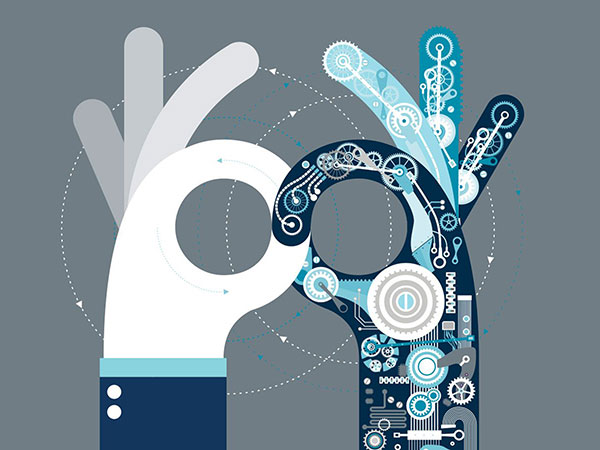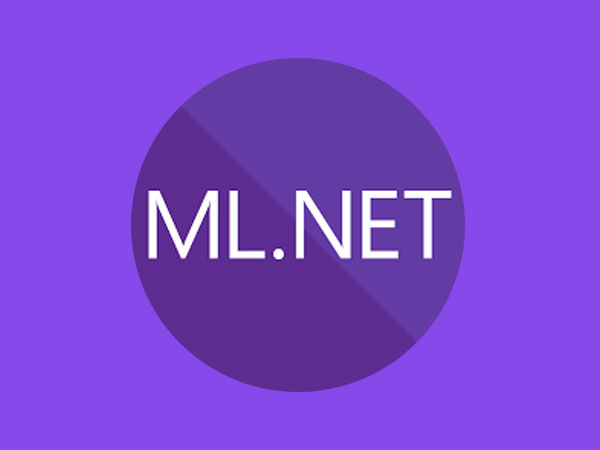With the evolution of digital technology, the definitions of AI and Machine Learning are quite distinct from what they were before. Add to that the complexity of people using these terms interchangeably or to mean different things, and we have a prime example of our confusions about modern technology.
What is really meant by Artificial Intelligence?
Ask a random guy at Times Square, “what do you think is meant by AI?” and he’s sure to think of aliens, Men In Black or Halo. However, the fact is that artificial intelligence is quite a common part of our everyday lives – at least in the 21st century. What does it basically mean? If you’re at all acquainted with computers, you’ll know that every action of yours gives an input to the computer which helps it execute a certain (predefined) action.
So, if you want to download a file from your cloud storage server, you have to input that command, and based on a sequence of previously-defined commands, the computer will let you download and access the file. In the case of artificial intelligence, however, something very different happens. Essentially, AI is the broad term which includes all the computers and systems that can come up with individual responses to problems. Solutions aren’t supplied to your computer; rather, the computer uses its own resources and/or data provided to come up with solutions.
Take this as a rudimentary example: if you want world peace and the computer comes up with a solution for that on its own (without some programmer who gives it the command), that’s AI.
So what’s the deal with Machine Learning?
Machine Learning is often synonymous to Artificial Intelligence, but in effect, the two are vastly different things. In reality, Machine Learning is the process straight out of your more futuristic Sci-Fi movies. If you’re confused about its true meanings, here’s a simple way for you to figure it out.
Take, for instance, a chunk of data that is required to be processed. You feed it to the computer, which then processes it on its own. Thus far, the process is pretty much the same as artificial intelligence. However, the real magic starts happening after this step.
Machine learning is the process by which your system functions as a living adaptive intelligent being: it doesn’t just accept data, it learns from it and then adapts itself through that knowledge, once it is exposed to further data. Basically, machine learning is as close to being a living creature as a computer can get so far. The computer is constantly forced to adapt itself through data mining and algorithm creation processes, “learning” tasks rather than simply providing solutions based on a fixed set of data.
So how does artificial intelligence really work out?
While research is an ongoing process in such emerging fields, we do know that there’s no single way that can be identified if we’re talking of AI. There are many more practical examples right now than in the 1960s, for instance. One example is Deep Blue, an AI system created by IBM to play chess with Garry Kasparov in 1996. The machine initially won the first match at the World Championships in 1996, although Kasparov defeated it and drew the remaining matches.
At present, however, AI is greatly improved through its ability to learn: and its applications include various examples in a vast number of fields such as in engineering and medicine. In such cases, the system generally uses previous problem solving methods of its human counterparts to compute responses of its own.
What you need to know about machine learning
When it comes to machine learning, there are three distinct parts that you need to know about: the system, the parameters, and the learning system. Simply put, machine learning is a training mechanism by which computers are able to learn and adapt themselves to various situations.
The first thing to note is that the model used by the machine to learn, must be imputed by a human being. For instance, if you tell your computer that “an apple a day keeps the doctor away”, that’s the basic model for its learning.
Beyond that, there are a set of parameters which can be used to assess performances. For instance, eating 0 apples may result in 50% chances of illness, half an apple may lead to 75% good health, 1 apple leads to 100% health, and so on.
Obviously, this is a rather simplistic example of the process. However, using such parameters, machines then compute what happens if you eat, say, 2 apples a day, even if the information is not provided.
How are machine learning and artificial intelligence different, really?
If the examples aren’t clear enough, here’s a quick recap.
AI can, for instance, learn the consequences of having one apple a day. Then, it can tell you what’ll happen if you don’t have that apple, or half an apple, and so on. While these may not be imputed by a human being into the computer, the computer itself can draw conclusions and tell you risks involved in not having that proverbial apple.
However, when it comes to machine learning, not only can the system tell you what happens if you do any of the things already stated in its parameters, it can use that information to tell you things that haven’t been already introduced to it by a human agent.
While both of these systems are extremely powerful, the uses of machine learning extend beyond those of AI simply because the former is capable of independent computations.













